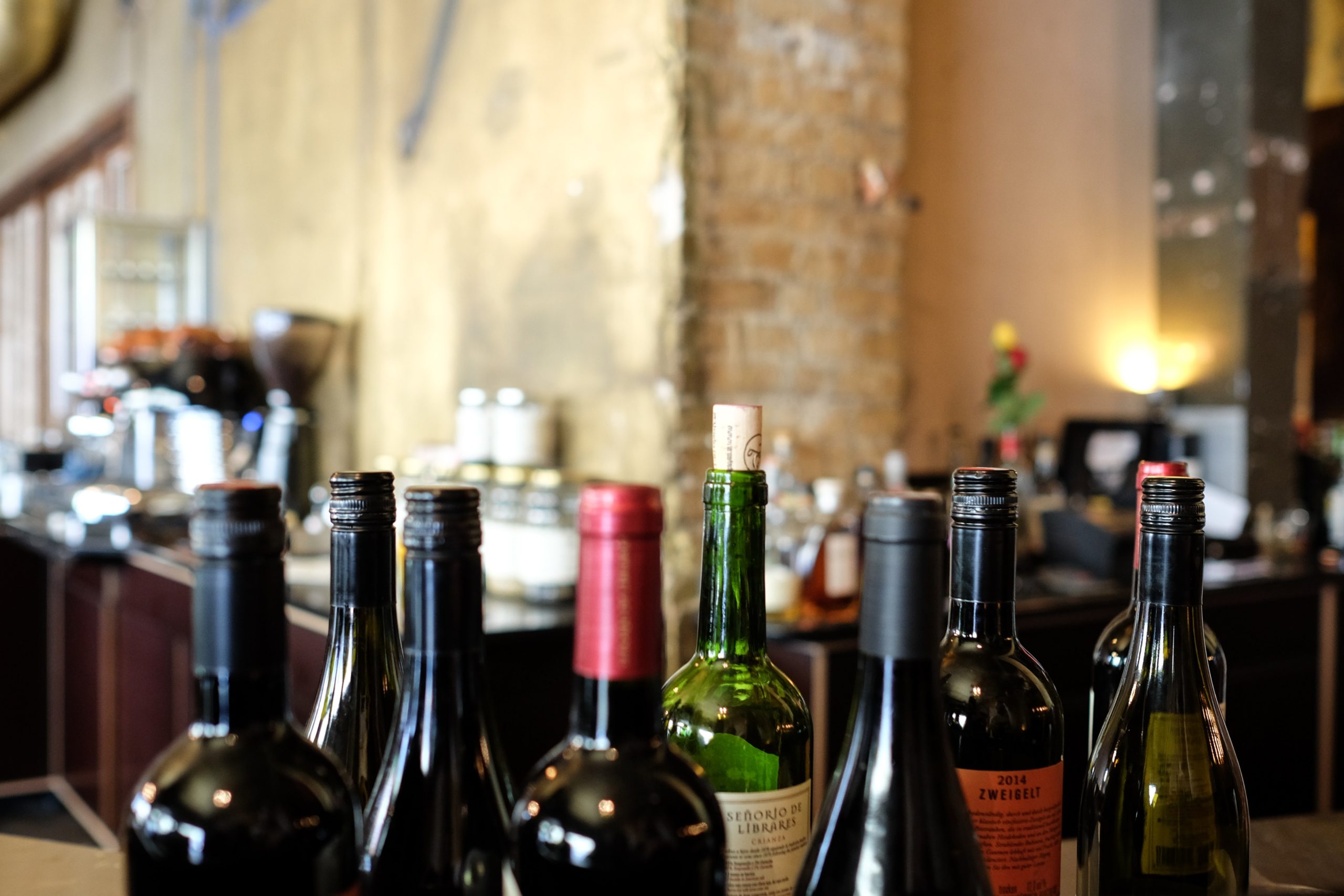
15 Wild Facts About Wine
Wine has a long, rich history. Records of the fermented beverage date as far back as 2500 BC in ancient Egypt. However, it wasn’t until 1769, when Spanish Franciscan Missionaries planted California’s first grape vineyard, that America would begin its love affair with wine. If only the missionaries could see the $114 billion industry those early vineyards became.
Today, technology has dramatically improved grape production by reducing loss from climate change and pests. Celebrities, ranging from Brad Pitt to Dave Matthews, have established their own wine labels. Researchers have even confirmed that the right glass really does matter and, more importantly, that wine has a myriad of health benefits.
We’re digging into some good old fashioned wine trivia. From how it’s made to how much it’s worth, quench your curiosity with these 15 wild facts.
Wine History
Ice wine was an accident. Mother Nature unexpectedly dropped the temperatures to freezing before all the grapes could be harvested in Franconia, Germany, in 1794.
The resourceful farmers pressed the grapes anyway, creating the sweetest wine on the market. The tasty treat is the result of the high sugar concentration in the grapes.
Champagne was initially shunned. Today, champagne is a symbol of luxury, status, and celebration.
People did not receive the bubbly beverage well in the 15th century, perceiving it as a wine that went bad. Champagne finally gained the respect it deserved in the late 1600s.
FDR leveraged alcohol sales tax. As a rising politician, Franklin Deleanor Roosevelt enjoyed alcoholic beverages at cocktail parties in New York. Unfortunately, the Prohibition phase cramped his presidential-style.
To remedy this problem, on March 22, 1933, FDR signed the Beer and Wine Revenue Act to generate federal funds during the Great Depression era. It was also a step towards ending Prohibition, which started in 1920.
Drinking Wine 101
Genes impact the perceived taste of alcohol. There is a gene that determines your sensitivity to the taste of alcohol known as the TAS2R38 gene.
People with two sensitive copies of the gene identified the taste of alcohol as bitter. Those with the less sensitive versions of the gene, found alcohol to be less bitter and therefore more enjoyable.
The type of wine glass really does matter. An imaging device called the Sniffer-Camera captured ethanol vapors from wine forming a ring around the bowl of a wine glass; however, this was not the case when a traditional cocktail glass was used in the same experiment.
The ethanal vapor ring puts the aromatics of wine within a nose’s reach and adds to the overall tasting experience.
Drinks equivalent is determined by the alcohol percentage, not actual drinks consumed. A five oz glass of wine with an alcohol by volume (ABV) percentage of 12 percent or less is considered one drink.
A glass of wine with an ABV of 17 percent is considered to be nearly a drink and a half. Pay attention to the ABV!
Pop culture and Wine
John Legend started a wine label. In fact, quite a few celebrities have their own labels.
The list of celebs in the wine business includes Black Eyed Peas singer Fergie, Brad Pitt, Angelina Jolie, Dave Mathews, NBA star Dwayne Wade, Jon Bon Jovi, and Erie native and lead singer of Train, Pat Monahan.
Disney and Pixar almost came out with their own wine. Their joint animated film, Ratatouille, inspired the French wine blend. The beverage would have been delightful for parents to drink while their children enjoyed the movie.
Plans were ditched due to cartoon character label limitations and perceived marketing to underage people.
Technology and Drinking
Japan developed a tech sommelier. The robot uses an infrared beam to analyze the wine. Once the analysis is complete, the robot announces what kind of wine it is.
Grape varieties improved to withstand climate change-induced fungal diseases. Extreme weather in France has created the perfect condition for these plant-harming diseases to flourish.
The National Institute for Agricultural Research released four grape varieties that hold up to powder, mildew, and downy, and cut the use of needed pesticides by 80-90 percent.
Lasers prevent birds from eating crops. The bird-shooing laser technology was developed by the Netherland company Bird Control Group. Before the lasers, California grape growers lost $50 million each year to hungry birds. Now growers have minimized loss to less than 1 percent.
The Business of Wine
A single bottle of rare wine sold for $558,000 at auction, setting a new world record. The Romanee-Conti is from 1945 and is one of only 600 bottles ever produced.
The sale of this fine wine shattered 2007’s record auction sale of $310,000.A wine-tasting event set a world record. A crowd of 5,095 people sampled reds and whites in Plaza de Toros in Aranda de Duero, Spain in September of 2006. That’s a lot of friends drinking vino!
Pennsylvania is home to 300 wineries across all regions of the state. The PA Wine Association estimates that all Pennsylvanians live within an hour’s drive of at least one winery. Our state produces 1.6 million gallons of wine annually!
New York State is a great place to visit to explore impressive wine regions, learn about the history of wine, and simply enjoy a glass while overlooking beautiful and scenic vineyards. There are hundreds of wineries around the state.
The Finger Lakes Wine Region, known for its Rieslings, Pinot Noir and Cabernet Franc, features more than 100 wineries and several that have earned national recognition. You can visit individual wineries or follow a wine trail around the lakes. Finger Lakes: Seneca Lake Wine Trail, Cayuga Lake Wine Trail, and Keuka Lake Wine Trail.